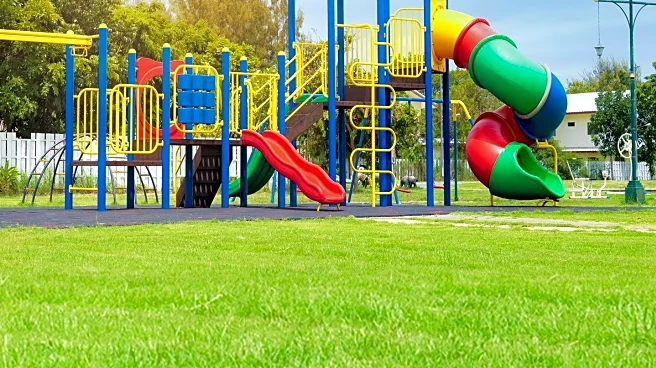Rapid Read • 8 min read
Los Angeles offers a variety of inclusive play spaces designed to accommodate children with diverse sensory needs, including those who are neurodivergent or highly sensitive. These spaces provide environments that are quieter and less crowded than traditional play areas, making them suitable for children who may find loud and busy settings overwhelming. The concept of a 'sensory diet' is highlighted, which involves creating environments that help children self-regulate their sensory experiences. Some of these play spaces offer sensory bags with items like noise-cancelling headphones and fidget toys, and have designated 'sensory hours' with dimmed lights and limited guest numbers. These efforts aim to create a welcoming atmosphere where children can explore and express themselves without judgment.
AD
The development of inclusive play spaces is significant as it addresses the needs of neurodivergent and highly sensitive children, who may struggle in conventional play environments. By providing tailored sensory experiences, these spaces promote inclusivity and accessibility, allowing all children to participate in recreational activities. This approach not only benefits the children but also supports their families by offering environments where their children can play comfortably and safely. The initiative reflects a growing awareness and acceptance of neurodiversity, encouraging societal shifts towards more inclusive practices in public spaces.
As awareness of the needs of neurodivergent and highly sensitive children grows, it is likely that more cities will adopt similar inclusive play space models. This could lead to increased collaboration between local governments, non-profits, and community organizations to expand these offerings. Additionally, there may be further research and development into sensory-friendly environments, potentially influencing the design of schools, parks, and other public spaces. Stakeholders, including parents, educators, and policymakers, may advocate for broader implementation of these inclusive practices.
The movement towards inclusive play spaces also raises important discussions about the broader implications of accessibility and inclusivity in society. It challenges traditional notions of play and recreation, emphasizing the importance of creating environments that cater to a wide range of needs. This shift could inspire changes in other sectors, such as education and healthcare, to better accommodate neurodivergent individuals. Furthermore, it highlights the role of community engagement and advocacy in driving social change.
AD
More Stories You Might Enjoy










